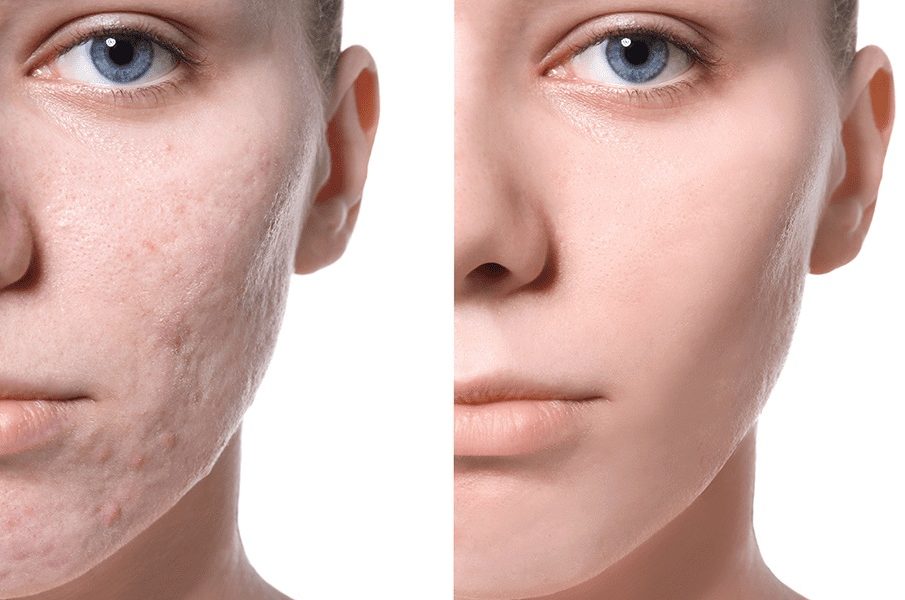Treat Your Acne Scar with Laser Treatment

The goal of laser treatment is to reduce the appearance of scars from past Acne outbreaks. Some reliable source shows that 95% of persons with acne have some residual scarring. Acne scar treatment Toronto works on the top layers of the skin to break up scar tissue. The treatment also promotes the development and replacement of skin tissues by new healthy cells.
How does it work?
Laser therapy works in two ways for acne scarring. First, heat from the laser removes the skin from its surface, which is formed by a scar. When the skin’s top layer peels away, the presence of the scar is less evident. The heat and light from the laser also stimulate new and healthy skin cells to grow after the old scar tissue breaks apart. The heat of the laser attracts the blood flow to the area and the inflammation reduces when the blood vessels in the scar are stimulated.
All this goes together to make the marks look less wide and dark, giving them a lighter appearance. It also helps the skin’s healing.
Which areas can be treated?
Laser treatment is meant to target the face for removing acne scarring. However, the procedure may also be used for other places in which acne marks continue to occur. Typical target areas protected include:
- Arms
- Face
- Back
- Neck
- Upper Torso
Risks and Side Effects
It may include:
- Redness
- Swelling
- Pain at the site of treatment
Procedures
Some common types of lasers are carbon dioxide (CO2) lasers, erbium YAG lasers, and pulsed-dye lasers. Each technique works in a particular way to address the type of scarring you have.
- Ablative Laser Resurfacing
Ablative resurfacing is performed using an erbium YAG or CO2 carbon dioxide laser. This form of laser therapy is designed to remove the whole top layer of your skin from the affected area of your skin. The redness caused by ablative lasers decreases after 3 to 10 days of the treatment.
- Non-Ablative Laser Resurfacing
An infrared laser is used in this type of laser treatment. The heat from these lasers stimulates the development of collagen; promotes new cell growth to substitute damaged scared tissue.
- Fractionated Laser Treatment
Fractional lasers (Fraxel) are designed to activate the tissue below the scar, also eliminate the dusk pigmentation of the cells under the top skin layer. Often boxcar and icepick respond well to this kind of laser.










